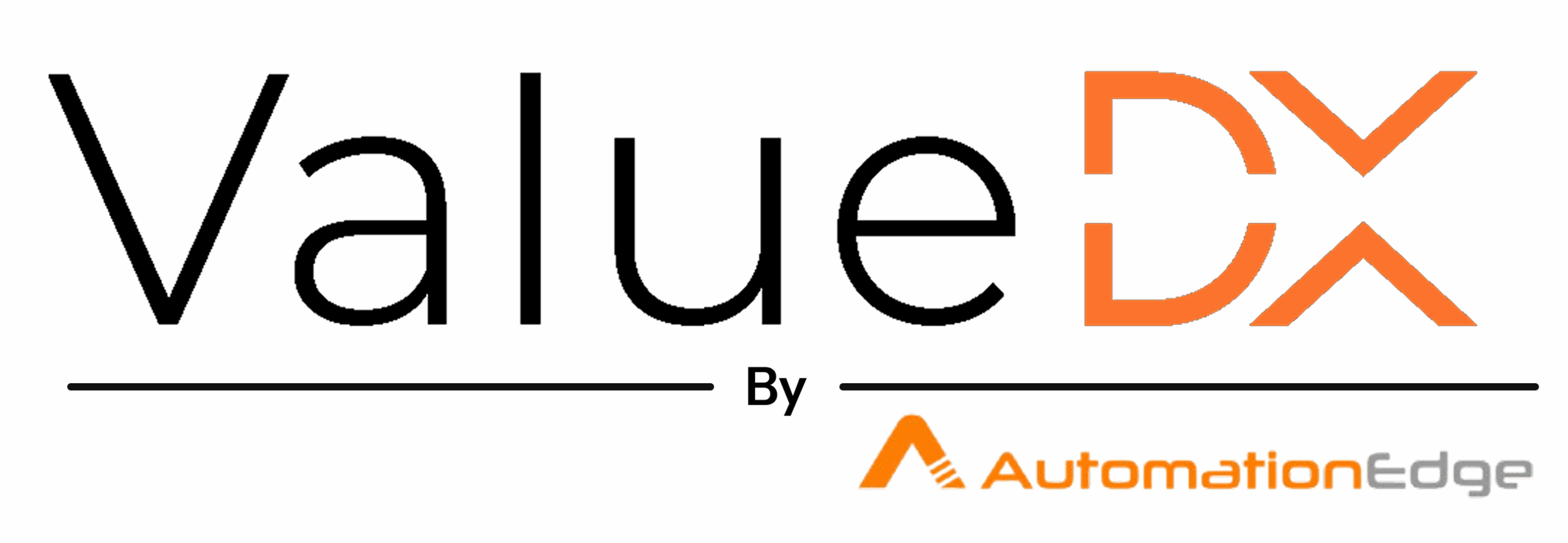
It was 7:30 PM on a Thursday, and Maria was still at her desk, squinting at invoice numbers that seemed to blur together after ten hours of non-stop data entry. Her coffee had gone cold hours ago, and she couldn’t remember the last time she’d left the office before her kids went to bed. As the accounts payable coordinator for a mid-sized logistics company, this had become her reality—one she never imagined when she first took the job three years ago.
Sound familiar? If you’re nodding along, you’re definitely not alone. Thousands of finance professionals across the country are stuck in this exact same nightmare, wondering how something as straightforward as paying bills became such a complex, time-consuming ordeal.
What Nobody Talks About: The Real Cost of “Just Making It Work”
Here’s what most business owners don’t realize—the visible costs of manual AP are just the tip of the iceberg. Sure, you see the salary expenses and maybe grumble about the paper costs, but there’s a whole underwater world of expenses that’ll shock you when you actually calculate them.
Let’s break this down with some real talk. Every single invoice that crosses your desk doesn’t just get processed—it goes on a journey. First, someone has to open it, then figure out where it belongs, then hunt down the right person for approval, then chase them when they don’t respond, then enter the data (hopefully without typos), then double-check everything, and finally—maybe—get it paid. We’re talking about weeks here, not days.
Maria’s company processes about 800 invoices monthly. If each one takes even 30 minutes of combined human effort (and trust me, it’s usually more), that’s 400 hours of work. At $25 per hour, you’re looking at $10,000 monthly just in labor costs. But wait—there’s more.

The Stuff That Really Hurts (But Nobody Measures)
Ever had a key vendor threaten to put you on credit hold because payments were consistently late? That’s not just embarrassing—it’s expensive. Lost early-payment discounts, late fees, damaged supplier relationships, and emergency rush orders when vendors cut you off all add up fast.
Then there’s the people problem. Maria’s predecessor lasted eighteen months before burning out completely. The replacement before that? Eight months. High turnover in AP isn’t just inconvenient—it’s devastating. Every time someone quits, you lose months of tribal knowledge, spend weeks training a replacement, and deal with the inevitable mistakes that come with inexperience.
And honestly? The stress is real. When you’re constantly firefighting, scrambling to meet deadlines, and fielding angry calls from vendors who haven’t been paid, it takes a toll. Good people don’t stick around in environments like that, and the ones who do often aren’t performing at their best.
Enter the Game-Changer: What Modern AP Actually Looks Like
Now picture this instead: Maria walks into work Monday morning, opens her laptop, and sees a clean dashboard showing exactly where every invoice stands. New invoices flow in electronically, get automatically matched to purchase orders, route to the right approvers via email, and land back in the system ready for payment—all without her touching a single piece of paper.
Sounds too good to be true? It’s not. Companies using platforms like ValueDX are living this reality right now. They’re processing invoices in 2-3 days instead of 2-3 weeks. They’re catching duplicate payments before they happen. Their AP staff actually leaves work on time and focuses on meaningful analysis instead of mindless data entry.
The transformation goes beyond just speed, though that’s certainly nice. When everything’s digital and automated, you get visibility you never had before. You can actually see spending patterns, identify opportunities for better terms with vendors, and make strategic decisions based on real data instead of gut feelings.
The Math That’ll Keep You Up at Night
Here’s what really gets me: every month you wait to fix this problem, you’re literally throwing money away. Those late fees, missed discounts, overtime hours, and recruitment costs don’t pause while you’re “thinking about it” or “waiting for the right time.”
I’ve seen companies save $50,000 annually just in recovered early-payment discounts. Others have cut their AP processing costs by 60% while actually improving accuracy and vendor relationships. The ROI typically pays for itself within the first year, sometimes within months.
But here’s the kicker—the companies winning in today’s market aren’t necessarily the ones spending the most money. They’re the ones smart enough to recognize that doing things “the way we’ve always done them” is actually the most expensive option.
Maria finally convinced her CFO to implement ValueDX last year. These days, she’s home for dinner with her kids most nights, her team is actually excited about their strategic projects, and vendors are calling to thank them for prompt payments instead of complaining about late ones.
The real question isn’t whether automation makes sense—it’s whether you’re ready to stop accepting the status quo and start demanding better.
Ready to learn more about transforming your AP processes? Read our next blog – Click here
Author: Gajanan Kulkarni

